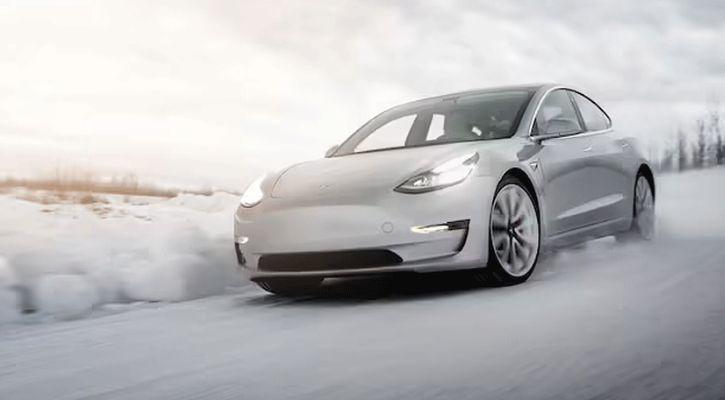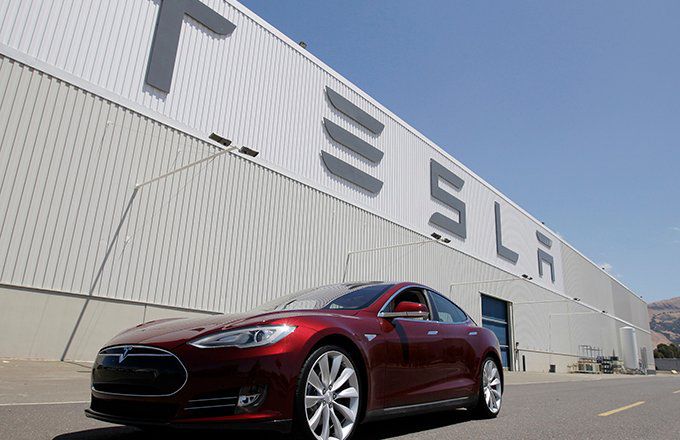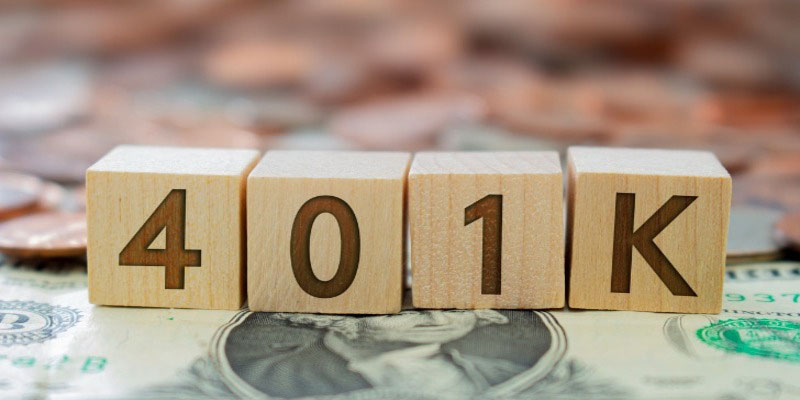Tesla Motors, Inc., considered by many to be a high-risk, high-profit company, is among the most intriguing public firms in the world. Elon Musk, Tesla's CEO, is a notorious personality in the tech business, and the company's Silicon Valley origins have raised investor hopes. After reaching a trillion-dollar market worth in 2021, Tesla gained even more notoriety since it was one of just a few companies to attain such a lofty level of valuation. Tesla's future is full of promise, but it's hard to say what it will look like. Shareholders of TSLA should keep their expectations in check and examine the challenges Tesla may encounter in the coming six- to ten-year period as well.
Risks of Buying Stocks
Tesla Automobiles Are Still Too Costly
Even with considerable government discounts, like tax rebates for alternative technologies, prospective Tesla Model S buyers face a high price tag that begins at $94,980 before any incentive schemes or reductions, as of October 2021.
Even Tesla's newest, more affordable choice, the Model 3, costs $43,980 before tax credits and fuel savings as of May 2021, putting it out of budget for the majority of drivers. Tesla's automobiles are not only costly for individuals to buy but also pricey for the company to manufacture. According to Vertical Group expert Gordon Johnson, the firm lost almost $15,000 on each Model 3 car delivered in 2018, albeit these statistics may rise as the business expands.
Tesla Might Experience Battery Rundown

The shortage of batteries for Tesla's products was among the initial issues the company's leaders faced. In the meanwhile, Tesla's Gigafactory in Sparks, Nevada, is expected to ease the company's battery supply problem. More than 1.8 million sq ft of lithium-ion production space is expected to enable Tesla to crank up manufacturing of over500, 000 vehicles a year.
Due to technical or regulatory issues, it's not yet clear if the Gigafactory will be finished on schedule. With the Gigafactory now approved by the state of Nevada, an extra $100 billion in business activity is predicted over the next few decades. Musk has intimated that the firm may need more than one gigafactory to fulfill demand, despite the fact that the building is just 30% constructed. CapEx will be needed to keep the firm running and shareholders satisfied.
Low-cost Gasoline
In 2014 & 2015, as petrol prices fell, Tesla lost part of its appeal. Gasoline-powered automobiles vie with Tesla's, and falling gas costs make them more enticing. TSLA stock prices don't have to fall to decade-low levels in order to be hurt; gas prices just need to be low sufficient to keep older vehicles on the road. TSLA has a gas dilemma from two directions at once. The first concern is that global oil output has grown every year since 2009, defying the "peak oil" idea that was formerly widely accepted.
Oil corporations are becoming more efficient at locating oil and extracting it, thanks to hydraulic fracturing & drilling. At the same time, as there is an increase in the amount of available petroleum, improvements in the efficiency of engines with internal combustion have been made. The fuel economy for light-duty passenger vehicles in the United States is increasing, as stated by the Department of Transportation Data. It's clear that Tesla has to sell many more vehicles if it wants to become a popular automaker and start bringing in regular revenue. If petroleum-based fuels are still much cheaper, consumers will be less inclined to switch to electric vehicles.
Enhanced Electric Vehicle Rivalry
However, Tesla isn't the first firm to develop electric vehicles. While Thomas Davenport may have built the first electric car as early as 1835, Tesla has had the greatest commercial success. A lack of early sales success for the Chevrolet Spark & Nissan Leaf was blamed on their high sticker costs and short range. As of September 2021, the Nissan Leaf has a starting price of $27,700 before discounts, with a capability of 228 miles. As of November 2021, the 257-mile range of the Chevrolet Spark 2022 model, which starts at $32,000 before subsidies, outpaces that of Tesla's base Model 3's 223-mile range.
Mercedes-Benz, Audi, Subaru, Porsche, and BMW are just a handful of the corporations that expect to join the electric vehicle industry within the next few years. If this actually occurs, Tesla may lose some of its market shares. Tech corporations like Apple, Inc., and Google have also made wagers on the automobile business. As a result, Tesla is worried about enterprises that already have a larger customer base.
Tesla's Costs May Never Be Recouped

Musk once notably said about his business, "We're going to spend a lot of money on capital expenditures." A big initial investment is attractive to many investors, but there must also be a return on that investment. In an industry littered with startup failures, this seems especially true. Again for Model 3 & Model X sedans, Tesla has already invested tens of billions of dollars in research and production, and the battery facility is no exception. Tesla anticipated in a 2021 SEC statement that capital expenditures will reach $4.3 to $6.3 billion per year.
To Sum It Up
Electric car manufacturers have a hard time disputing Tesla's billion-dollar value. The difficulties of producing inexpensive EV technology and the dangers presented by competing corporations are only a few of the major roadblocks that need to be solved, though.



